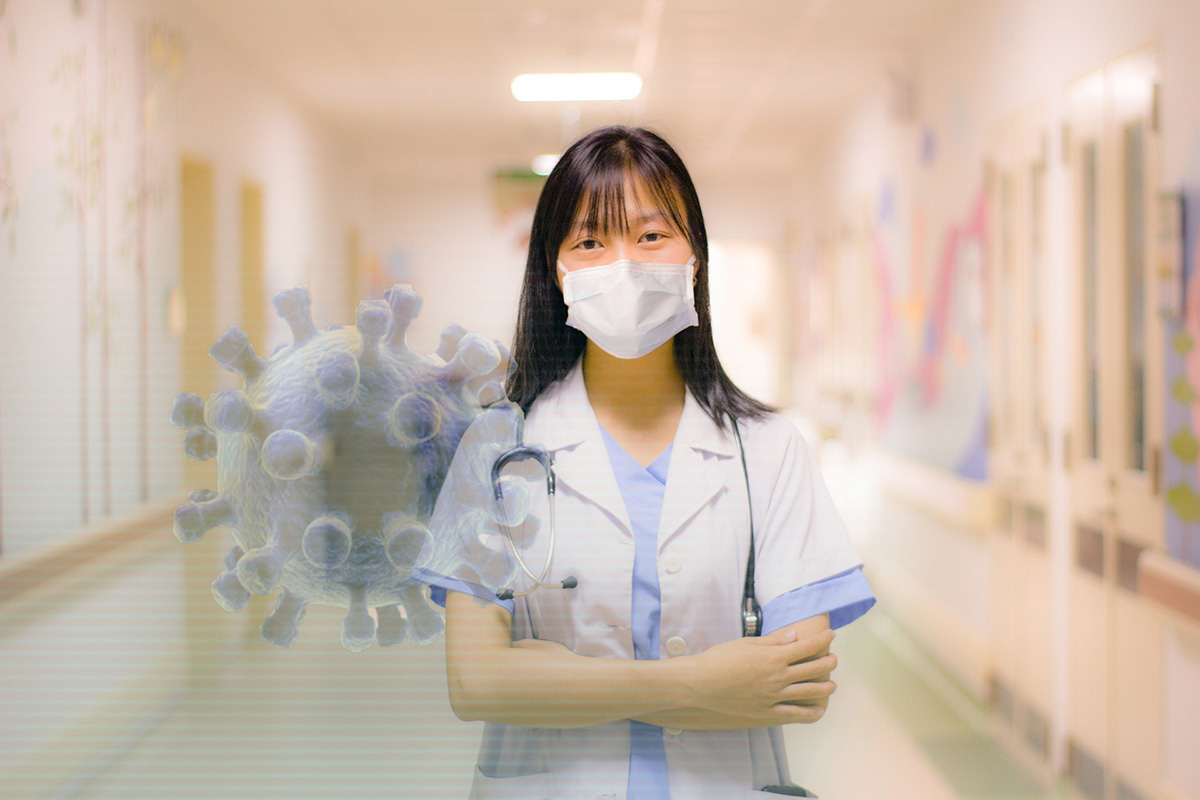Banknotes are contaminated
Even banknotes that we use every day may be vectors that help transmit various diseases. There have been tests all over the world showing different pathogens can be found on banknotes (although depending on the material banknotes are
made of).
Paper currency and coins may be a public health risk when associated with the simultaneous handling of food and could lead to the spread of nosocomial infections.
Banknotes recovered from hospitals may be highly contaminated by Staphylococcus aureus.
Salmonella species, Escherichia coli and S. aureus are commonly isolated from banknotes from food outlets.
Paper currency is commonly and routinely passed among individuals, and microbes can be spread on the surface of paper currency. Paper currency is made of a rugged mix of 75% cotton and 25% linen, and offers surface area for bacteria
and microorganisms to reside on both sides. Newer polymer-based banknotes present lower bacterial counts than cotton-based banknotes.
The longer the paper bill remains in circulation, the more opportunity there is for it to become contaminated, and lower-denomination notes receive the most handling because they are exchanged more often.
The amount of bacterial contamination on currency varies widely between countries and lifestyles as well as social status.
A recent review reported that many Gram-positive bacteria, such as Enterococcus spp., S. aureus and Streptococcus pyogenes, and Gram-negative bacteria, such as Acinetobacter spp., Escherichia coli, Klebsiella spp., Pseudomonas aeruginosa,
Serratia marcescens and Shigella spp., can survive for months on surfaces. In addition, mycobacteria and Clostridium difficile can survive for months, while other pathogens, such as Bordetella pertussis, Haemophilus influenzae, Proteus
vulgaris or Vibrio cholera, persist only for days. Candida albicans can survive for up to 4 months on surfaces, whereas respiratory tract viruses, such as Coronavirus, Coxsackievirus, Influenza virus, severe acute respiratory syndrome-
associated virus or Rhinovirus, can persist on surfaces for a few days.
There are more than enough reasons to decontaminate money when there is a chance to do it, mostly in banks, postal and exchange offices.
When we come to SARS-CoV-2 virus, Far-UV-C light (222nm) also shows to be the most efficient and safe in the inactivation of said virus…
Paper currency and coins may be a public health risk when associated with the simultaneous handling of food and could lead to the spread of nosocomial infections…
Decontaminating work apparel is probably the best way to reduce sick-related leave costs in times of epidemics or pandemics…
The influenza virus can “live” on some surfaces for up to 48 hours. Routine cleaning of surfaces may reduce the spread of flu…
The effective resistance of many types of microorganisms to UV-C varies considerably. We should know that the germicidal effect starts directly after the irradiation…
All kinds of germs are found in public transport vehicles, so it is important to take care of that part of public health security by disinfecting those vehicles the proper way…







